Climate change a threat to farming
 S. Narendra
S. Narendra
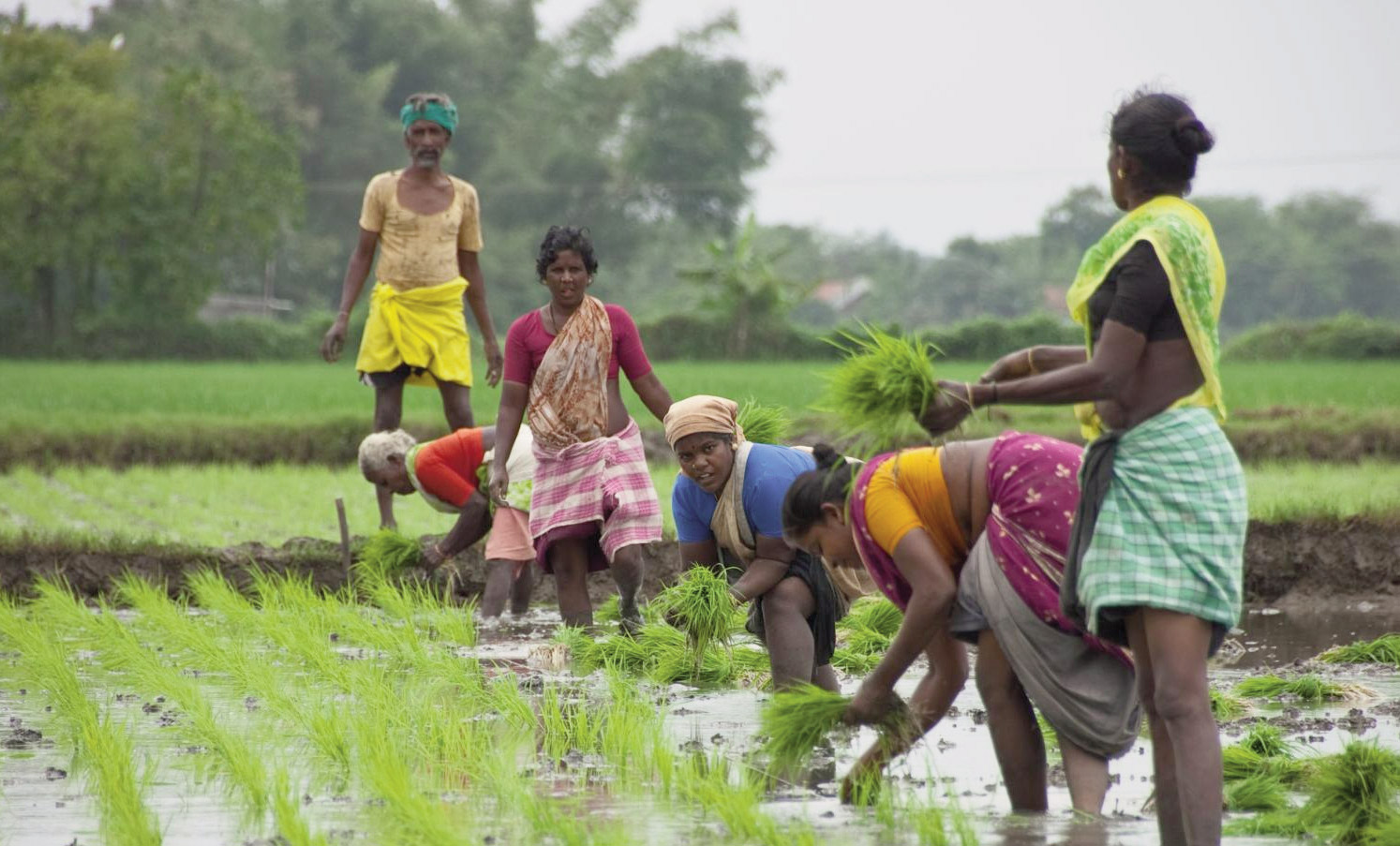
Adire warning that
preparing the
country's agriculture
to meet the extremes
of weather
fluctuations brooks
no delay comes from this year's
official Economic Survey that
preceded the Union Budget.
That is not all. India's food
security, protein needs, and
crucially its efforts to redress
widespread poverty all hinge on
how urgently specific policies are
designed and implemented by the
Centre and the States, the Survey
urges.
The Survey throws up for policy
attention the following stark
realities:
= India-specific climate
change study shows a dangerous
trend - more number of days
with high temperatures
accompanied by corresponding
How will the myriad
challenges posed by
climate change be met?
Raising this question,
the Survey states that
'cooperative
federalism,' through
which GST law became
operational, should be
used to address the
climate change issue.
decline in the number of
days with low temperatures
= Such extreme temperature
variations occur in both Kharif
(monsoon) and Rabi (winter crop)
seasons.
= Turning to rainfall
extremes, the number of dry days
as well as wet days has increased
steadily over time.
= E x p e c t e d l y ,
non irrigated areas (52 per cent),
or rain-fed farming areas suffer
greater effects of both (high)
temperature and rain-fall
(scarcity) shocks.
= Climate change has the
potential to drastically reduce
annual farmers' incomes by as
much as 15 to 18 per cent; In rainfed
farming, the loss could even
go up to 20 to 25 per cent.
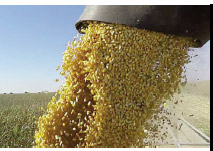 While such facts and figures are
matters for grave concern, the
situation on the ground according to official documents, is
far more alarming. Out of the 190
million hectares of cropped area,
the irrigation potential is 140
million ha. But actual gross
irrigated area is 77 million ha out
of this potential.
While such facts and figures are
matters for grave concern, the
situation on the ground according to official documents, is
far more alarming. Out of the 190
million hectares of cropped area,
the irrigation potential is 140
million ha. But actual gross
irrigated area is 77 million ha out
of this potential.
 The rain-fed crops account for
48 per cent of the total area sown.
Nearly 50 per cent of the total
rural workforce and 60 per cent
of live stock are concentrated in
dry districts.
The rain-fed crops account for
48 per cent of the total area sown.
Nearly 50 per cent of the total
rural workforce and 60 per cent
of live stock are concentrated in
dry districts.
Proteins sources
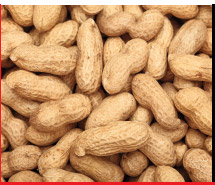 India ranks first among the
rain-fed agricultural countries of
the world in terms of both extent
and value of produce. A NITI Ayog
paper draws attention to the fact
India's main source of proteins
such as coarse cereals ( the staple
food of the rural workers and the
poor which have now become
popular as 'healthy foods'
consumed by the higher income
groups), are grown in rain –fed
areas.
India ranks first among the
rain-fed agricultural countries of
the world in terms of both extent
and value of produce. A NITI Ayog
paper draws attention to the fact
India's main source of proteins
such as coarse cereals ( the staple
food of the rural workers and the
poor which have now become
popular as 'healthy foods'
consumed by the higher income
groups), are grown in rain –fed
areas.
Ninety-two per cent of jowar,
94 per cent of bajra and 80 per
cent of maize. 83 per cent of
groundnut,78 per cent of
soyabean are grown here. 73 per
cent of cotton is produced under
rain-fed conditions. However,
productivity and production of all
crops listed are much below the
country's average.
The demand for food crops is
growing along with India's
population. The total irrigated
area has remained static for
decades at around 140 million ha
and large food crop output
increases cannot be expected to
come from such regions.
Therefore, the additional food
grains output (about 40 million
tonnes) has to be coaxed out of
of the rain-fed areas that are
experiencing maximum adverse
effects of climate change.
India has two agricultures, says
the Economic Survey, to highlight
the distortion casued by farm
policies that favour irrigated
India's food
security, protein
needs, and
crucially its efforts
to redress
widespread
poverty all hinge
on how urgently
specific policies are
designed and
implemented by
the Centre and the
States
regions growing cereals, mostly in
northern India. The other noncereal
growing farming in central,
western and southern India faces
an entirely different set of problems
that are yet to be addressed.
How will the myriad challenges
posed by climate change be met?
Raising this question, the Survey
states that 'cooperative federalism',
through which GST law became
operational, should be used to
address the climate change issue.
What it means is that the Centre
designs a meta-policy on the
subject ,advocates it to states with
incentives for implementation. It
may need creation of a special
vehicle like the GST council in
which the Centre and the states are
represented.
Less rainfall
The NITI AYOG paper dealing
with climate change challenges
before Indian farming has put
forward a more detailed plan. It
calls for a paradigm shift in
approaches to agriculture
development, meaning that the
approaches that brought about the
Green Revolution of 1970s would
not work in this case.
This paper strongly argues in
favour of adopting the
controversial GM crops. But this
paper has many more useful policy
suggestions which deserve to be
debated and acted upon soon. A
point to note for immediate action
is that the climate pattern is varying
from season to season making it
difficult for farmers to adapt their
practices.
Both agricultural scientists and
relevant government officials have
to gear up to help the farmers for
meeting the immediate situation. A
Survey suggestion that requires
consideration is that farmer
subsidies, including free power,
have skewed the cropping pattern.
Another serious effect is that they
have caused serious depletion of
ground water in a period
witnessing less and less rainfall.
Telangana drought
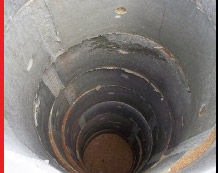 Officials from the Telangana
Ground Water department lament
that the farmers in several parts
have long forgotten the rain-fed
crops and have had to switch to
water-intensive crops like paddy
and wheat because the market
favours these. The gound water
levels in the state plummeted by
2.78 metres during 2015. Bore-wells
are drying up at most places.
Officials from the Telangana
Ground Water department lament
that the farmers in several parts
have long forgotten the rain-fed
crops and have had to switch to
water-intensive crops like paddy
and wheat because the market
favours these. The gound water
levels in the state plummeted by
2.78 metres during 2015. Bore-wells
are drying up at most places.
Even the bore- wells in tank
command areas and project
command areas have gone dry.
Because of drought and reservoirs
going dry, people are desperately
relying on groundwater. But
groundwater reserves take
thousands of years to accumulate.
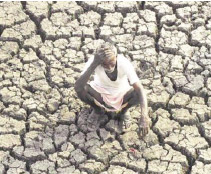 Because of drought and reservoirs
going dry, people are desperately
relying on groundwater. But
groundwater reserves take
thousands of years to accumulate.
Despite restrictions on sinking new
borewells, rig operators are
continuing illegally.
Because of drought and reservoirs
going dry, people are desperately
relying on groundwater. But
groundwater reserves take
thousands of years to accumulate.
Despite restrictions on sinking new
borewells, rig operators are
continuing illegally.
Southern plight
Karnataka is second to Rajasthan in
the total rain-fed agriculture area.
Over eight million hectares of the
total 12.3 million ha of cultivated land
is rain-fed.The state has faced
consecutive years of drought .
In 2017,
160 out of 176 taluks were declared as
drought-hit. And such inclement
weather affects the poorest farmers-
76 per cent of the state land holdings
are less than two ha, with marginal
farmers accounting for the majority.
A newspaper report captured the
plight of the southern states thus:' all
four southern states –Karnataka,Tamil
Nadu,Andhra Pradesh,Kerala have
been hit by failing monsoons.
With
both the south west monsoon and the
north east monsoon not making an
appearance, except for a few
occasional showers, even Kerala is all
set to face the worst drought in over
100 years.
istinguished observer
of public affairs. He has
been India's Principal
Information Officer
and advisor to several
Prime Ministers.




 S. Narendra
S. Narendra




